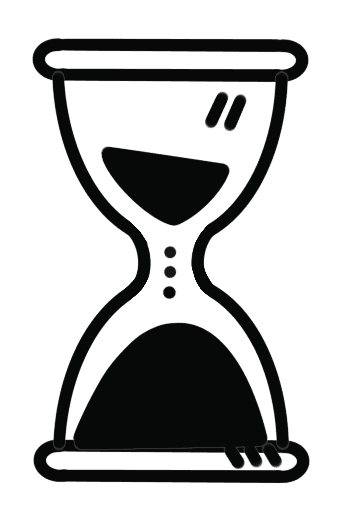Myths about teaching can hold you back
- Year 3
Rhythm grids and the subdivision of the beat
I can decode and compose rhythm grid notation that shows the subdivision of the beat.
- Year 3
Rhythm grids and the subdivision of the beat
I can decode and compose rhythm grid notation that shows the subdivision of the beat.
These resources were made for remote use during the pandemic, not classroom teaching.
Switch to our new teaching resources now - designed by teachers and leading subject experts, and tested in classrooms.
Lesson details
Key learning points
- Notes can have shorter or longer durations. When we combine these we create rhythms.
- We can subdivide the beat on a rhythm grid to help us decode, play and notate rhythms successfully.
- Chanting Takadimi can help us work out how to read and play rhythms.
- When we layer different rhythm patterns, we create a thicker texture.
Keywords
Rhythm grid - a visual grid system to represent and perform rhythmic patterns
Duration - the length of a sound or silence
Syllable - a part of a word pronounced as one unit of sound, for example ‘syll’ in ‘syllable’
Ostinato - a repeating musical pattern which can be rhythmic or melodic
Rhythm - the pattern of sounds and silences that we play and sing
Common misconception
Notes of short duration means the music is a really fast tempo.
The pulse and beat sets the tempo. It doesn't matter how many sounds fit into the beat.
To help you plan your year 3 music lesson on: Rhythm grids and the subdivision of the beat, download all teaching resources for free and adapt to suit your pupils' needs...
To help you plan your year 3 music lesson on: Rhythm grids and the subdivision of the beat, download all teaching resources for free and adapt to suit your pupils' needs.
The starter quiz will activate and check your pupils' prior knowledge, with versions available both with and without answers in PDF format.
We use learning cycles to break down learning into key concepts or ideas linked to the learning outcome. Each learning cycle features explanations with checks for understanding and practice tasks with feedback. All of this is found in our slide decks, ready for you to download and edit. The practice tasks are also available as printable worksheets and some lessons have additional materials with extra material you might need for teaching the lesson.
The assessment exit quiz will test your pupils' understanding of the key learning points.
Our video is a tool for planning, showing how other teachers might teach the lesson, offering helpful tips, modelled explanations and inspiration for your own delivery in the classroom. Plus, you can set it as homework or revision for pupils and keep their learning on track by sharing an online pupil version of this lesson.
Explore more key stage 2 music lessons from the Compose and Create: notating and performing using rhythm grids unit, dive into the full primary music curriculum, or learn more about lesson planning.

Equipment
Optional - a variety of unpitched percussion (class set)
Licence
Prior knowledge starter quiz
4 Questions
Q1.Match the music element to its definition.
the regular, steady heartbeat of the music
the playing or showing of the steady pulse like the ticking of a clock
the pattern of sounds and silences that we play and sing
the speed of the music - how fast or slow the music is played
Q2.How do we chant and clap this rhythm?

Q3.When we put together many different layers of sound, we create a thicker .

Q4.How does having a good sense of pulse help our ensemble playing?
Assessment exit quiz
4 Questions
Q1.Notes can have shorter or longer ...

Q2.How would you chant this rhythm?




